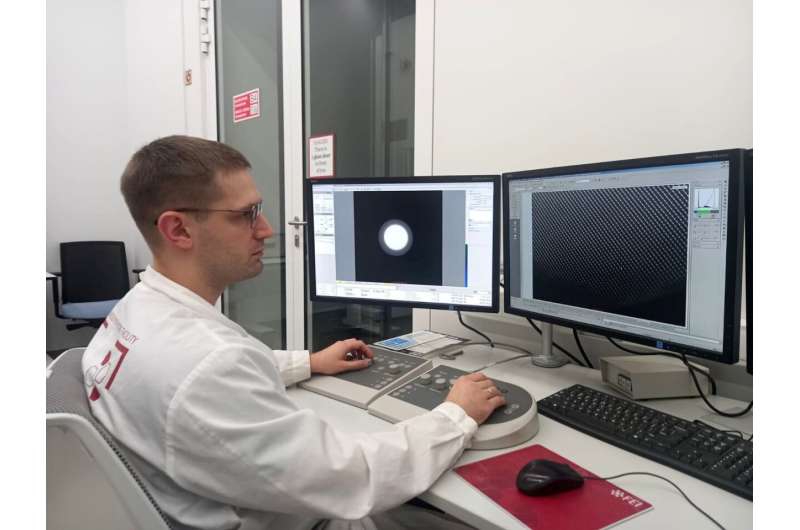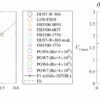As an integral part of its technological agenda, Russia is developing its own production of lithium-ion batteries. Despite the vast lithium reserves, battery production volumes fall short of the demand. Of special relevance is the development of high-energy-density batteries for electric cars. This challenge is addressed by both industry and science.
In their new paper, researchers from Skoltech, in collaboration with colleagues from France, China, and other countries, are the first to reveal the roles of cobalt and nickel in the electrochemical properties of cathode materials. The research is published in the journal Nature Materials.
Today’s lithium-ion batteries use layered oxides of lithium, nickel, manganese, and cobalt as the active materials of the positive electrode (cathode). As nickel, manganese, and cobalt belong to the same category of 3D transition metals, their electronic structure and chemical properties are similar. They are homogeneously distributed within the crystal structure of layered oxides, which makes it very difficult to distinguish between their roles in the electrochemical properties of the cathode material.
To distinguish between the roles of nickel and cobalt, the researchers obtained two model compounds—a lithium-nickel-manganese oxide and a lithium-cobalt-manganese oxide—and closely examined their structure, composition, and electrochemical properties. A comprehensive investigation of these systems using various kinds of spectroscopy, electrochemical tests, and high-resolution transmission electron microscopy has enabled the team to compare the two layered oxides in terms of their local atomic structure, its evolution over the course of battery operation, and the interplay between the observable characteristics and mechanical stress, lithium intercalation and deintercalation, redox kinetics, etc.

Anatolii Morozov operating a transmission electron microscope. © Anatolii Morozov/Skoltech
“We conducted the study using the unique equipment of Skoltech’s Advanced Imaging Core Facility. It enabled us to examine the atomic structure of the materials for lithium-ion batteries. The goal was to collect data on how the local crystal structure of the materials evolves during battery operation. Such an investigation requires ultimate precision and rigor in preparing the sample, operating the equipment, and interpreting the data,” said Anatolii Morozov, a co-author of the study and a junior research scientist at the Skoltech Center for Energy Science and Technology.
“We examined our findings with our colleagues from College de France, analyzing not just transmission electron microscopy data, but also X-ray diffraction and spectroscopy data, as well as electrochemical measurements. Finally, we came up with a table summarizing the results and highlighting the advantages and the drawbacks of the cobalt- and nickel-based cathode materials. These data will be used to optimize cathode material compositions for high-energy-density lithium-ion batteries for electric cars,” said a co-author of the study, Professor Artem Abakumov, who heads the Center for Energy Science and Technology at Skoltech.
The study is part of a project concerned with the creation of promising electrochemical energy storage systems by means of directional design of the local structure and microstructure of electrode materials. Led by Professor Artem Abakumov, the scientists working on this project are developing the fundamentals for the design of high-capacity electrode materials and solid electrolytes to create the next generation of high-energy-density electrochemical energy storage systems.
The results of the project will contribute to implementing a national roadmap concerned with furthering the production and use of electric vehicles in Russia, which spans the period until 2030 and envisions the development of a domestic EV production.
More information:
Biao Li et al, Decoupling the roles of Ni and Co in anionic redox activity of Li-rich NMC cathodes, Nature Materials (2023). DOI: 10.1038/s41563-023-01679-x
Provided by
Skolkovo Institute of Science and Technology
Citation:
Researchers explore how cobalt and nickel in battery cathodes contribute to electrochemical properties (2023, October 6)



